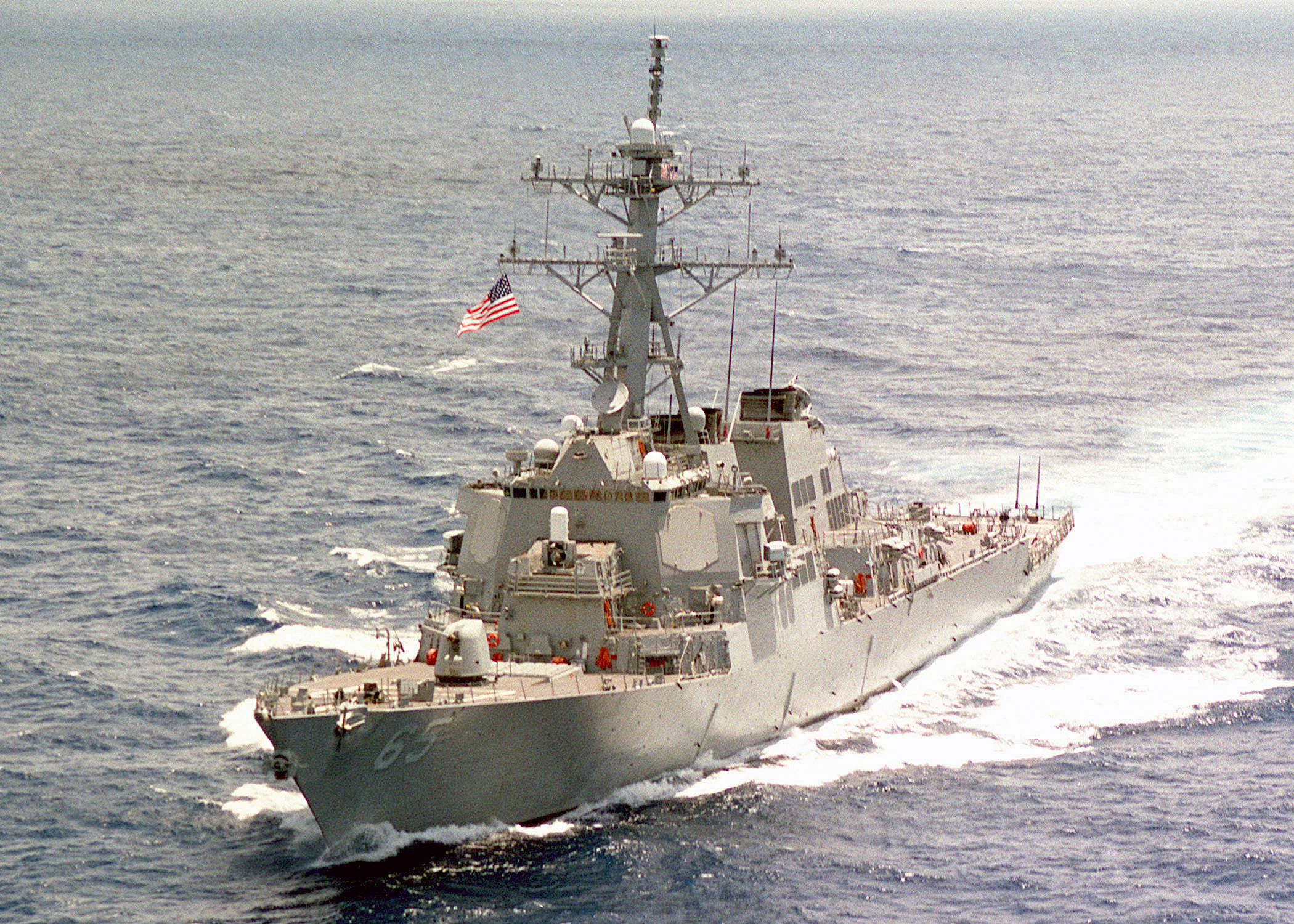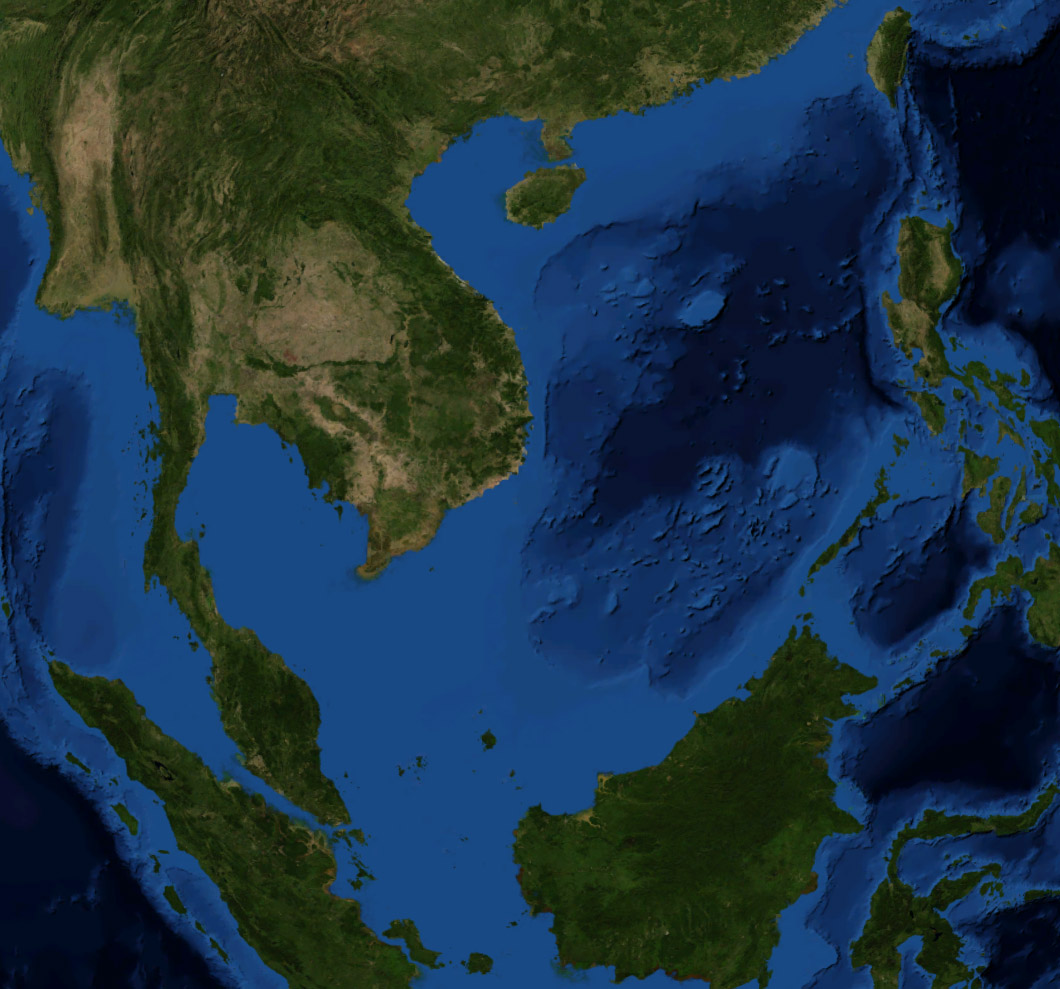China has demanded that the U.S. scrap its deal with Taiwan on providing arms worth $108 million and halt military cooperation with Taipei, Chinese Defense Ministry spokesman Tan Kefei said on Monday.
Earlier in July, the U.S. State Department approved selling military equipment worth $108 million to Taiwan. This will be the 5th arms sale to the Taiwan region since Joe Biden took office in January 2021.
China firmly opposes U.S. arms sales to Taiwan and urges the United States to revoke the arms sales plan, Foreign Ministry spokesperson Wang Wenbin said during Monday’s press conference.
“China demands that the U.S. immediately withdraw its plan to sell weapons to Taiwan, cut off all military ties with the island; otherwise, the responsibility for the destruction of relations between Beijing and Washington, as well as peace and stability in Taiwan, will fall entirely on the United States,” Tan Kefei said, as quoted by the ministry and reported by Sputnik News Agency.
‘Sub-Launched UAVs’ – Iran Displays Staggering Drone Power Amid Biden’s Visit To The Middle East
China-US Tussle
Earlier, the U.S. guided-missile destroyer USS Benfold entered the South China Sea off the contested Paracel Islands on July 13, in what was seen as a provocation by the Chinese military. The U.S., however, said it would continue to operate wherever international law is allowed, including the South China Sea.
However, this is not the first time that the two countries are sparring over navigation rights. The U.S. Navy routinely carries out Freedom of Navigation Operations (FONOPs) that the PLA Navy of China criticized, which claims sovereignty over most of the South China Sea.
In January 2022, the same U.S. Destroyer USS Benfold had transited close to the Paracel Islands, called Xisha Islands in China, attracting Chinese ire. Paracel Islands are one of the many disputed islands between China and other Southeast Asian countries, as reported by EurAsian Times.

The islands, which have been under Chinese control for more than 46 years, are claimed by both Vietnam and Taiwan. The People’s Liberation Army (PLA) has constructed military facilities on the islands.
However, the US-China tensions in the region are more deep-rooted than these sporadic incidents.
The entire Indo-Pacific region, including the South China Sea, is the biggest flashpoint between China which wants to take the role of the world superpower, and the U.S., which wants to contain China’s rise to preserve the status quo. China’s rise as a superpower passes through the Indo-Pacific route.
The U.S. also acknowledges China’s military might and has accepted that the PLA Navy is the largest in the world in terms of fleet size, and its arsenal at sea is only set to grow.
The routine FONOPs are a subtle American message to China that the U.S. Navy is still very much present in the region. We go back to the year when it all started: 2010.
The First-Ever US Naval Appearance That Irked China
In 2010 after former U.S. President Barack Obama took office, the U.S. became aware of China’s growing power and high-handedness in the region. Before this, American attention was predominantly focused on the Middle East.
Between 2000 and 2005, the PLA Navy’s force size doubled in the starkest demonstration of its shipbuilding capacity. When President Obama took office, he turned his attention to China, whose military was steadily growing and challenging the status quo of the Asia Pacific.

Between June 30 and July 5, 2010, the PLA conducted “live firing drills” in a tiny box-shaped area of China’s Exclusive Economic Zone (EEZ) in the East China Sea. The primary focus of these drills was to demonstrate the capability to attack surface ships and carrier strike groups.
The live fire drills, which saw China testing sophisticated missiles, were an attempt to pressure the U.S. Navy to cancel operations involving a carrier strike group with its South Korean counterpart in regions close to China’s territorial waters and Exclusive Economic Zone.
However, this was an alarming development for the United States. As a protest against Chinese missile tests in the East China Sea, three U.S. Navy nuclear-powered ballistic missile submarines (SSGNs) reportedly emerged almost simultaneously in July 2010 in the Western Pacific and the Indian Ocean.
USS Michigan appeared in Busan in South Korea, the USS Ohio was sighted in Subic Bay in The Philippines, and the USS Florida came and sat in the strategic Indian Ocean outpost of Diego Garcia. It was one of the first American military posturings to counter China’s growing assertiveness in the region.

Major missile testing was provocative and unsettling for the United States and its allies in the region. Following the Chinese tests, the U.S. wanted to show strength by demonstrating the potential force that could be employed in case of a military escalation.
Forrest Morgan, an analyst for the RAND Corporation, says military posturing is one of the significant components of Crisis Stability, as previously noted by The National Interest.
Submarines seemed apt for posturing as if Washington were saying to Beijing, “Sure, you might surprise us with your missiles. But we remember we have plenty of missiles of our own — and they’re not far from you.”
Later that year, in November 2010, North Korea fired artillery shells at South Korea, leading to tensions between the two. While the entire world, including Russia, denounced North Korea’s actions, its closest ally China refused to apportion blame. This incident could be marked as the beginning of the US-China rivalry.
The practice of military posturing has continued to this day, with China joining the bandwagon against the U.S. In 2012, the Obama administration adopted the ‘Pivot to Asia’ policy and started to invest heavily in the region, and stated that China had overlapping territorial claims within the South China Sea.’
Freedom Of Navigation
The U.S. Navy’s Freedom of Navigation Operations entail transits into waters that coastal states claim exclusively as their own.
According to the U.S. Department of Defense (DoD), the FON Program has existed for 40 years and “continuously reaffirmed the United States’ policy of exercising and asserting its navigation and overflight rights and freedoms around the world.”
However, this has become a routine issue between the U.S. and China in the Indo-Pacific region. China claims almost the entire South China Sea as its sovereign territory and considers Taiwan its rogue province awaiting reunification with the Chinese mainland.
Thus, American warships or submarines passing through the waters of the South China Sea or the Taiwan Strait evoke an angry response from China. Taiwan’s autonomy became a grueling issue between China and the United States last year.

With tensions between the two rivals running high in the region, the US FONOPs are essentially viewed as military posturing. However, China has also been proactively pursuing the subtle power projection strategy.
During President Joseph Biden’s maiden visit to Asia this year, the PLA carried out extensive drills in the South China Sea. Before that, its Liaoning Carrier Strike group had transited Miyako Strait near Japan and entered the Western Pacific to carry out military training.
Not just that, it has also simulated an invasion of Taiwan – a deal breaker for the United States.
It would not be an exaggeration to say that as the two states become more aggressive toward one another and China’s hostile expansion continues, the military posturing and the Freedom of Navigation Operations by the U.S. seventh fleet will only continue.
- Contact the author at sakshi.tiwari9555@gmail.com
- Follow EurAsian Times on Google News




